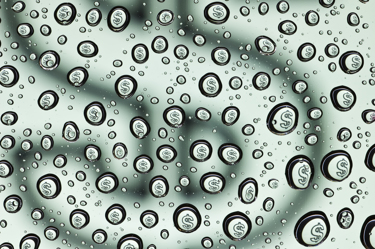Will The Infrastructure Bill Bring Clean Water To The Millions Of Americans Who Don't Have It?


President Biden’s proposed $1 trillion infrastructure bill, a landmark piece of legislation that received U.S. Senate approval in August and now awaits a vote in the U.S. House, would have major implications for a wide range of sectors, particularly the drinking water treatment industry.
Approximately $48 billion in funding would be allocated to water infrastructure through the bill, including support for clean water loans, lead service line replacement, and eliminating emerging contaminants. For many Americans, this funding could not come soon enough.
“Many cities are navigating declining water infrastructure, from pipes in Atlanta that haven’t been replaced for decades, to lead service lines in Chicago leaching contaminants into the water,”Vox reported. “More federal funding could be significant in helping … address the overwhelming expenses.”
But some are concerned that ultimately, the money will not make it to the communities that need it most, an inherent inequality that has prevented many of those in need from accessing federal funds to fix their drinking water infrastructure in the past.
“Whether the money in the infrastructure bill will effectively be distributed to places in need … is an open question,” per Vox. “A report from the Environmental Policy Innovation Center … looked at 10 states’ allocation of [Drinking Water State Revolving Fund] money and found that several states struggled to deliver this aid equitably: Smaller localities and places with a higher proportion of people of color have historically received less money.”
However, some provisions in the proposed bill give reason for optimism that funds will find their way to communities that have been historically overlooked by similar initiatives in the past. The bill would make these funds available as grants or loans with principal forgiveness, allowing lower-income locales to access them. And it would also specifically designate a larger part of the Drinking Water Fund for disadvantaged communities.
Ultimately, there are still a lot of questions around the potential for this bill to fix the country’s significant drinking water problems. But it’s clear that many in the country need that potential to be fulfilled, and quickly.
“There are still 2 million people in the United States who don’t have access to clean running water at all, a problem that disproportionately affects ‘low-income people in rural areas, people of color, tribal communities, [and] immigrants,’” according to Vox. “The bipartisan infrastructure bill has the potential to funnel much-needed funds across the country, but precise implementation will be critical to ensure that different localities really benefit.”
To read more about how drinking water systems make use of federal financial assistance, visit Water Online’s Funding Solutions Center.
